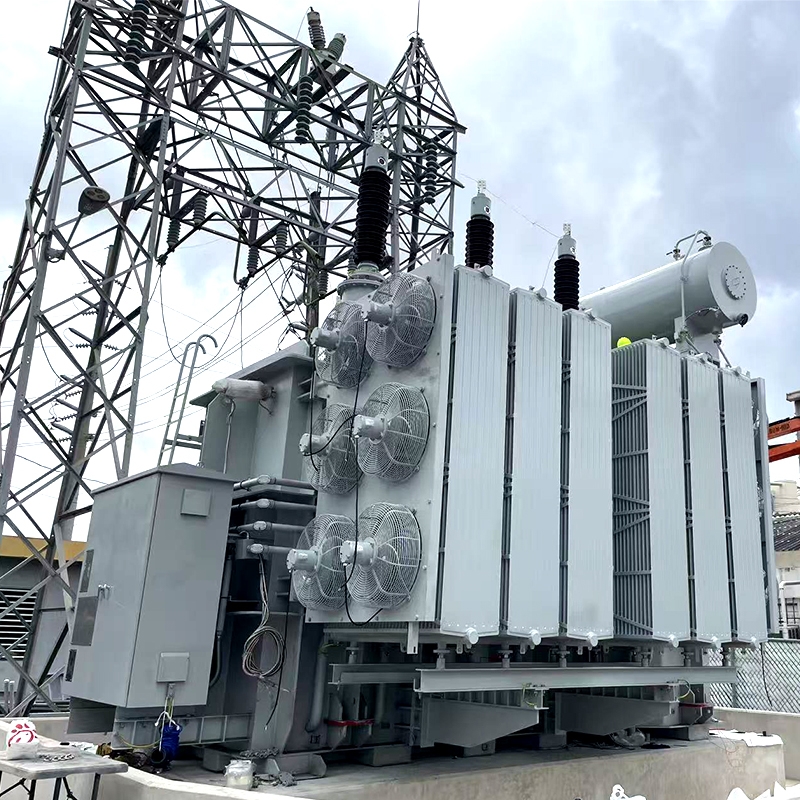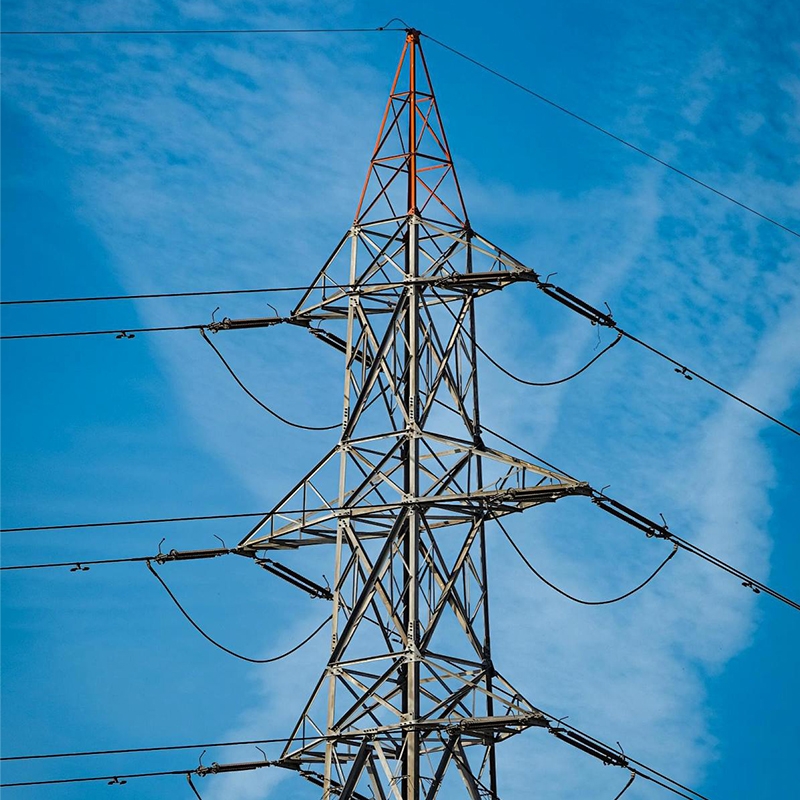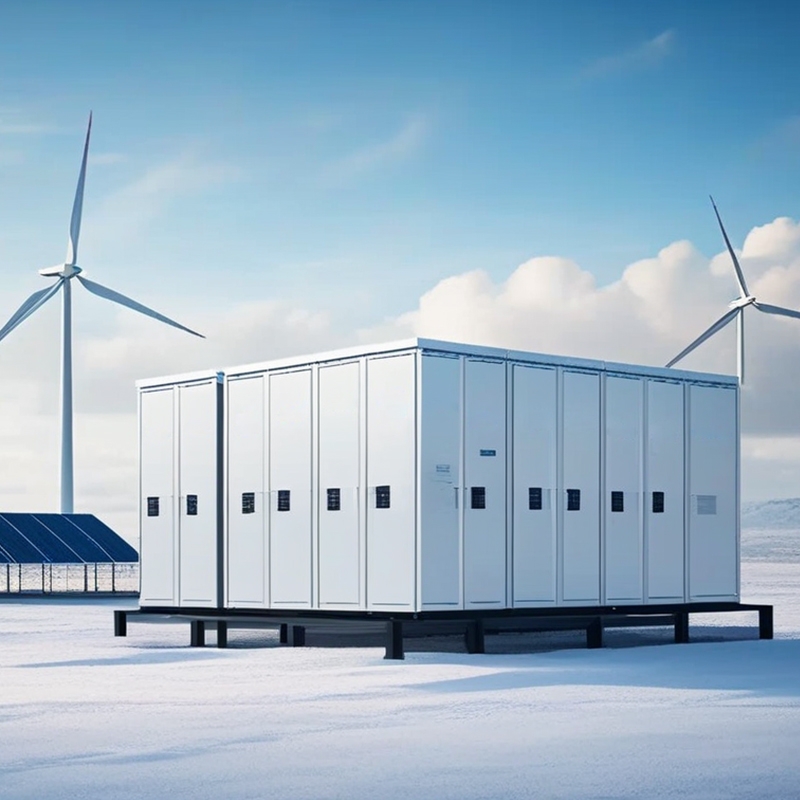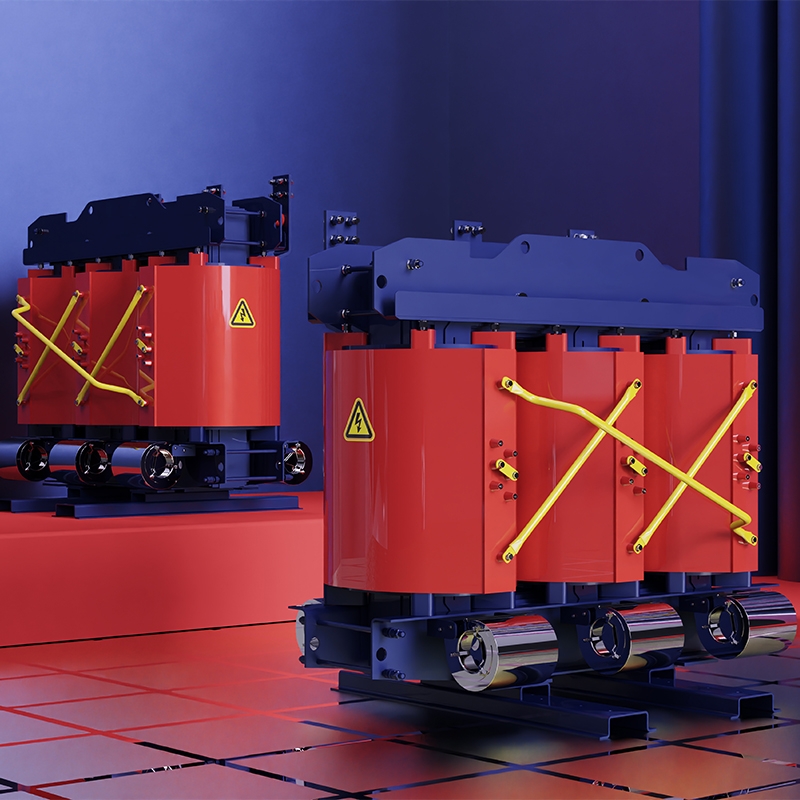The "Voltage regulator" of the power system
When charging your phone every day, have you ever wondered why the charger can change the voltage from 220V to 5V? How do the buzzing "iron boxes" in the community convert high-voltage electricity into household electricity?
The answer lies in today's protagonist - the transformer! It is like the "voltage regulator" of the power system, capable of freely changing the voltage level to safely deliver electrical energy to every corner.
01 What is a transformer?
The transformer is the "voltage regulator" of the power system, an energy transporter specifically designed for alternating current - it does not change the total amount of electrical energy but only the voltage level.
Core Competence:
(1) Like adjusting the speed of a gearbox: Decelerating high-voltage electricity to household voltage (such as 10kV→220V). (2) Like the energy conversion of a waterfall: potential energy at a higher position (high voltage) → kinetic energy at a lower position (low voltage), the total energy is conserved.
Key parameters:
(1) Capacity (kVA) : It refers to the maximum apparent power that a transformer can carry under rated voltage, rated frequency and rated operating conditions. Deciding how much electrical energy can be carried is like the load capacity of a truck.
(2) Short-circuit impedance (%) : It refers to the percentage of the voltage applied to the primary side of the transformer to the rated voltage when the secondary winding is short-circuited in a short-circuit state. Reflecting the internal "resistance", the larger the value, the more resistant it is to short-circuit impact.
Magical characteristics:
(1) Conservation of input and output power (small current on the high-voltage side and large current on the low-voltage side).
(2) It is only effective for alternating current (direct current cannot generate an alternating magnetic field).
Working principle
Transformer working principle, three-step decryption:
1️ Primary coil energized: produces alternating magnetic field (like "Shouting" to air)
2️ Core conducts magnetic field: The core made of silicon steel sheets conducts magnetic field efficiently (like a "sound tube")
3️ Secondary coil induction: Generate new voltage according to the turns ratio (more turns = higher voltage)
03 Common Classifications
By cooling method:
Oil-immersed type: Dissipates heat by soaking in oil (commonly used in outdoor substations)
Dry type: Cooled by fan (essential for basements in shopping malls) By function and application:
Power Transformer: Main force in power transmission and distribution (large capacity, high voltage)
Instrument transformer: Provides assistance to protective devices (such as CT/PT)
Special form:
Autotransformer: A master at cutting corners on coils (Common in laboratories)
Rectifier transformer: Expert in AC/DC Conversion (Core of Metro Power Supply)
Common sense that beginners must know
Q1: Why does the transformer hum all day long?
Silicon steel sheets are repeatedly "bent" by a magnetic field (magnetostrictive effect), and the vibration is amplified through the oil and the casing.
Q2: What happens when there is an overload?
→ Temperature soars → Insulating oil decomposes → Flammable gas is produced → May explode!
Q3: Why should we stay away from transformers on rainy days?
Moist air is prone to causing discharge! There was once a passer-by who took shelter under a transformer in the rain and died of electric shock due to reduced insulation.




